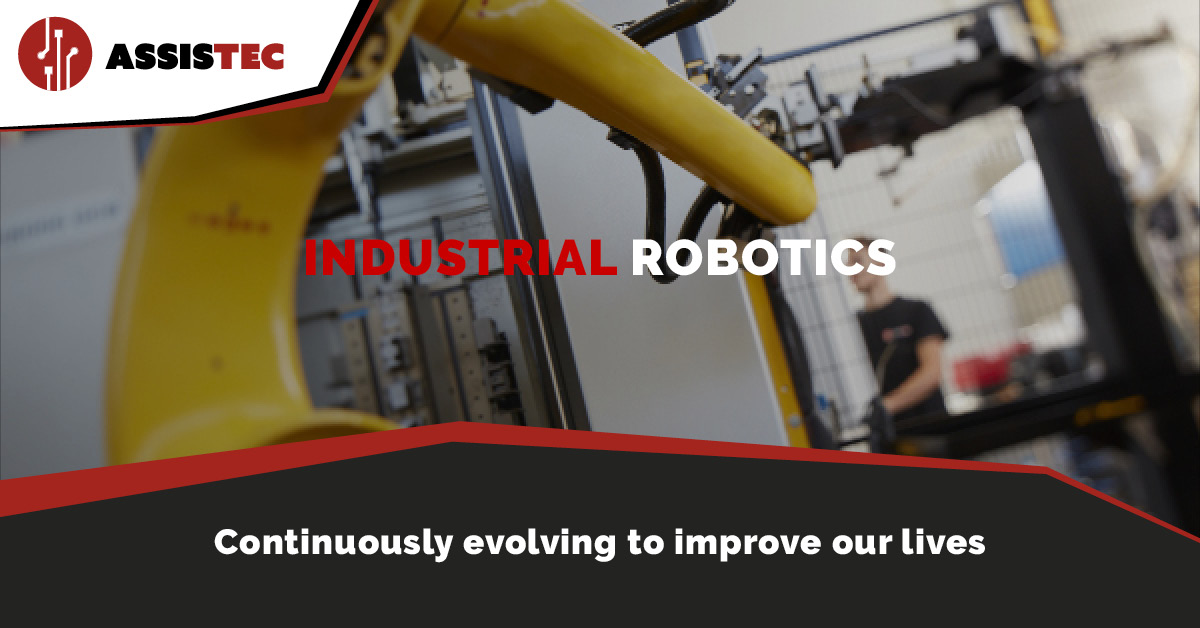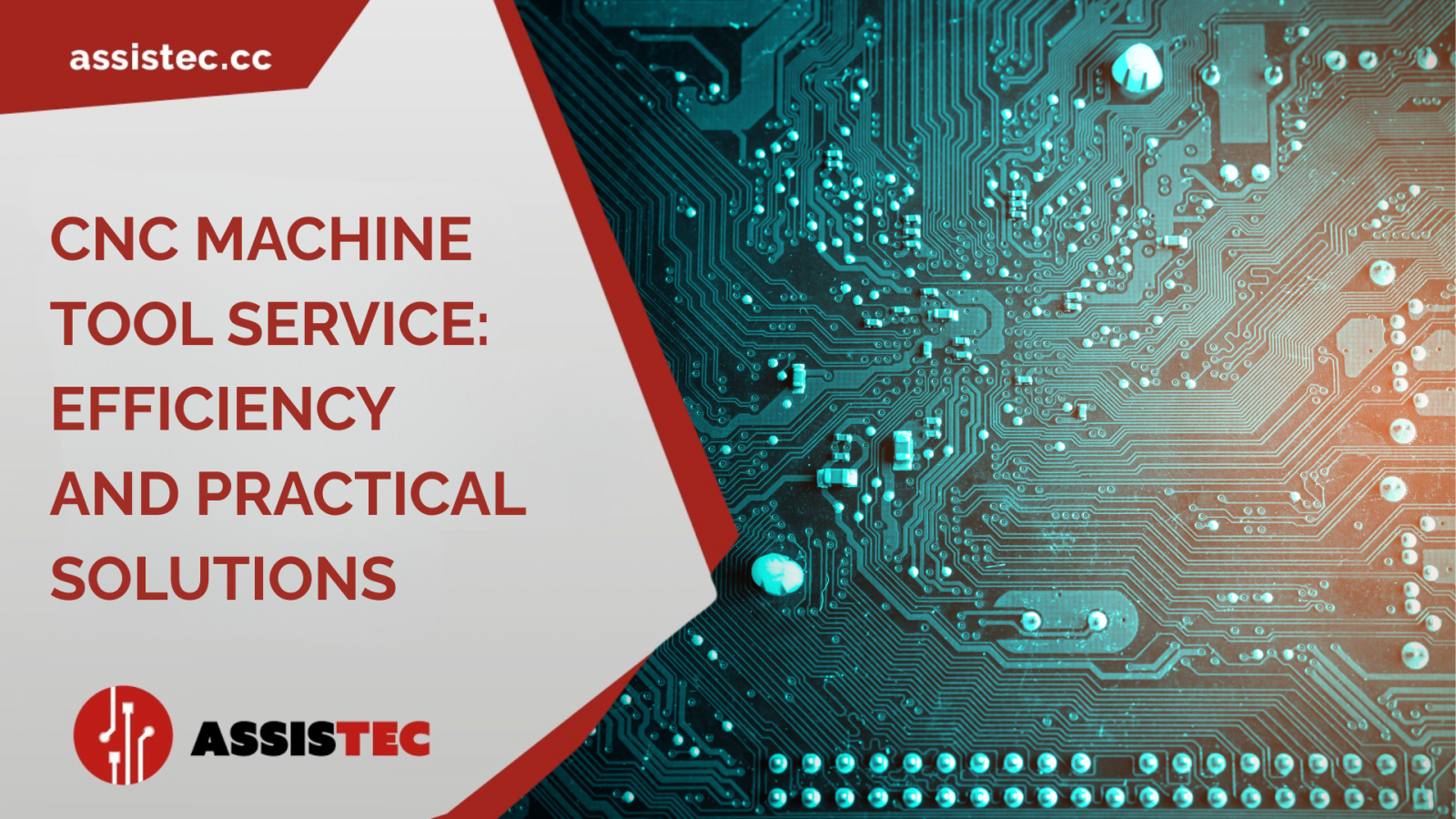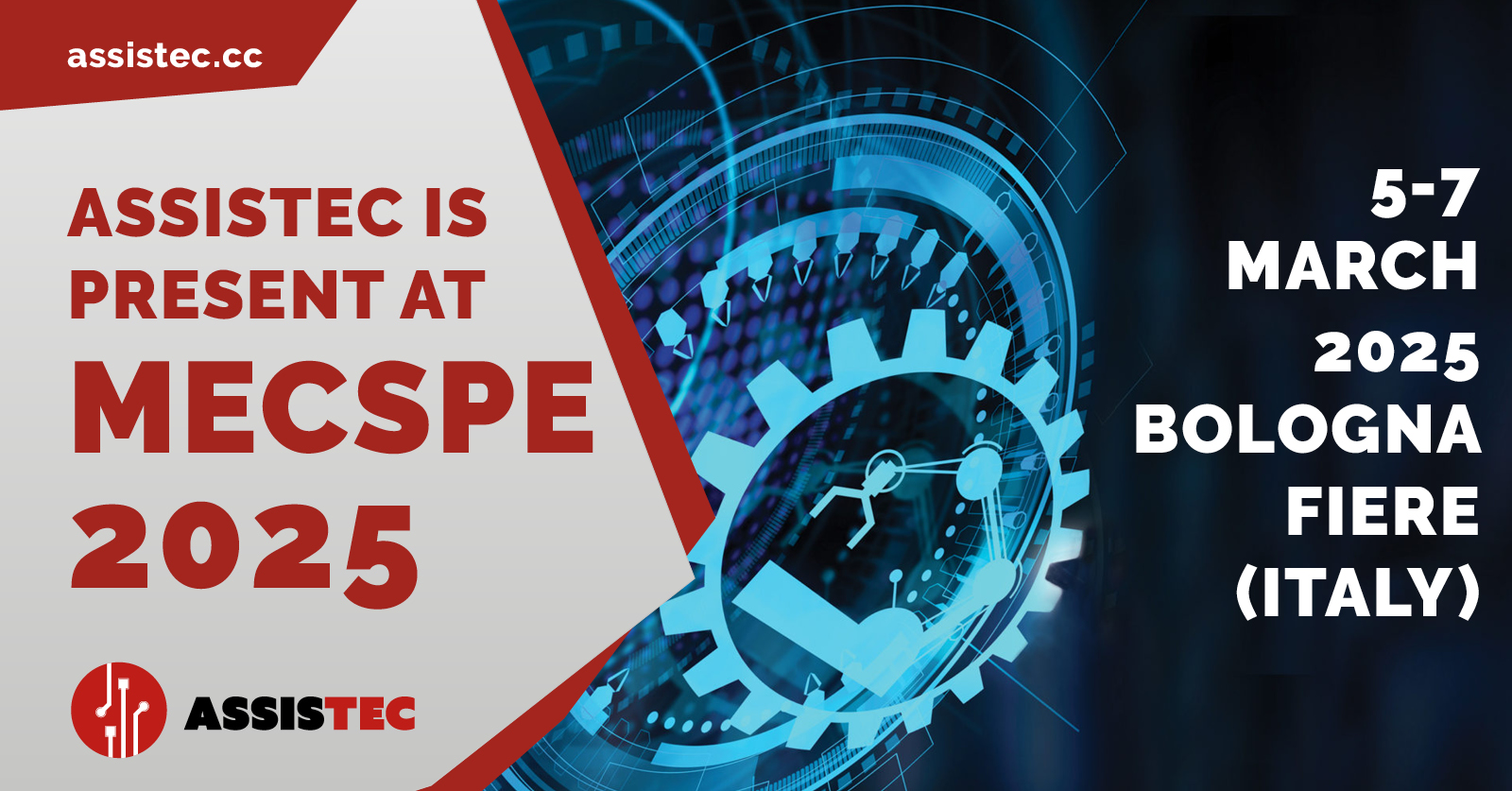A brief history of industrial robots

Origins and developments in automation
Robots are with us! And they have been for quite some time now. From ancient times to the present day, these innovative tools help us every day to improve our lifestyle and working conditions by optimising industrial production processes. Despite their remote origins, their name is fairly recent. The term “robot” was first used in 1920 by the writer Karel Čapek, in his short story “Rossum's Universal Robots”. Before then, however, automaton was already widely known, at least in a theoretical sense.
The concept of artificial life was strongly present in Greek mythology and Jewish popular culture, but it was not until around 60 B.C. with Heron of Alexandria that the first mechanical automaton was developed. It was a three-wheeled chariot capable of following a predetermined path. The research was then taken up and developed by Leonardo da Vinci in 1478, when the famous scientist designed what is still considered to be the first self-propelled cart, driven by spring mechanisms, and also the mechanical knight, a humanoid designed to perform various movements. In addition to these, countless other historical figures have distinguished themselves in this field, including the philosopher Aristotle, the Chinese inventor Su Song, the Frenchman Jacques de Vaucanson, and the more contemporary W. Grey Walter and Ichiro Kato.
Modern robotics
Thanks to continuous mechanical and technological innovations, robots have become increasingly autonomous and efficient, transforming the old imagery of interaction with humans into reality. Just think of Baxter's humanoid robot, equipped with two arms and a “face” on an LCD screen, or the Spot range by Boston Dynamics, a four-legged robot that can climb stairs by itself and travel across rough terrain with ease. These tools are designed to work alongside people, helping them and paving the way for new developments.
The introduction of robots in industries
It was George Devol and Joe Engelberger, two US engineers, who developed the first programmable robotic arm in the 1950s, leading shortly afterwards to the creation of UNIMATE, the first industrial robot. In 1961 General Motors introduced it into its assembly line. Its task was to perform repetitive and dangerous actions on the car production line. Then in 1978 came the SCARA (Selective Compliance Assembly Robot Arm), considered revolutionary at the time for its 4-axis movement ideal for pick & place applications.
Since then, countless advancements have been made, with increasingly powerful and multifunctional tools coming onto the market, ushering in the era of the smart factory and Industry 4.0. Today robots are widely used in various industries, from fashion to automotive, and aerospace, establishing themselves as a leading automation solution and continuing to evolve to ensure the best possible performances.
Industrial robotics according to Assistec
At Assistec, we provide customers with all our expertise and know-how acquired over more than 25 years working as a technical support service and system integrator, to design and build automation systems for CNC machine tools. Thanks to our Robofeed line, which includes state-of-the-art robotic islands with unique technical features, such as Robofeed A20 and Robofeed C10, we guarantee a 360-degree servicing of the machine.
Contact us for more information or call us on +39 0522 989436.
Recent Posts

-
Assistec is your partner with over 25 years of experience in full service for CNC machine tools, offering both electronic and mechanical technical support. Our main objective is to minimise machine downtime, ensuring a rapid return to production and an efficient return on investment.
CNC electronic support services: rapid diagnosis and effective solutions
Our electronic service on CNC machine tools is characterised by a comprehensive service that begins with a thorough prior telephone diagnosis by our service department. This initial phase is crucial to quickly understand the nature of the problem. Thanks to our well-stocked electronic spare parts warehouse, we are often able to resolve the fault already during the first technical intervention.
-
MECSPE 2025 is one of Europe's leading trade fairs dedicated to innovation in the manufacturing industry. It is a crucial event for companies that want to stay up-to-date with the latest technologies, solutions and trends in the industry.
Over the years, MECSPE has helped transform artisanal processes into large-scale precision industrial systems. Today, the show serves as a meeting point for machinery manufacturers, technology suppliers, system integrators, and end users, creating an ideal environment for networking and knowledge exchange.
MECSPE is essential to discover how to automate and digitise production processes, improve efficiency, reduce costs and increase competitiveness. In this context, Assistec has decided to play a leading role once again, confirming its presence also in the 2025 edition.
-
Numerically controlled (CNC) machines represent one of the most important technological innovations of the modern industrial era.
Their ability to automate and standardise complex operations has changed the face of manufacturing, transforming craft processes into large-scale industrial precision systems.
The spread of CNC machines has made it possible to reduce human error, increase productivity and, above all, guarantee repeatability of machining operations that would otherwise have been impossible. This has proved particularly crucial in sectors where precision, efficiency and speed are vital, such as aerospace, automotive, precision engineering and medical device manufacturing.
One of the main reasons for the success of CNC machines is their ability to perform tasks with extreme precision that previously required the manual intervention of skilled workers.
With CNCs, on the other hand, once the machining has been programmed, the machine can perform an infinite sequence of operations without loss of precision, solving problems of variability and improving the quality of the finished product.
At this point, the question might arise: when did CNC machines originate and how did they reach this level of sophistication?




